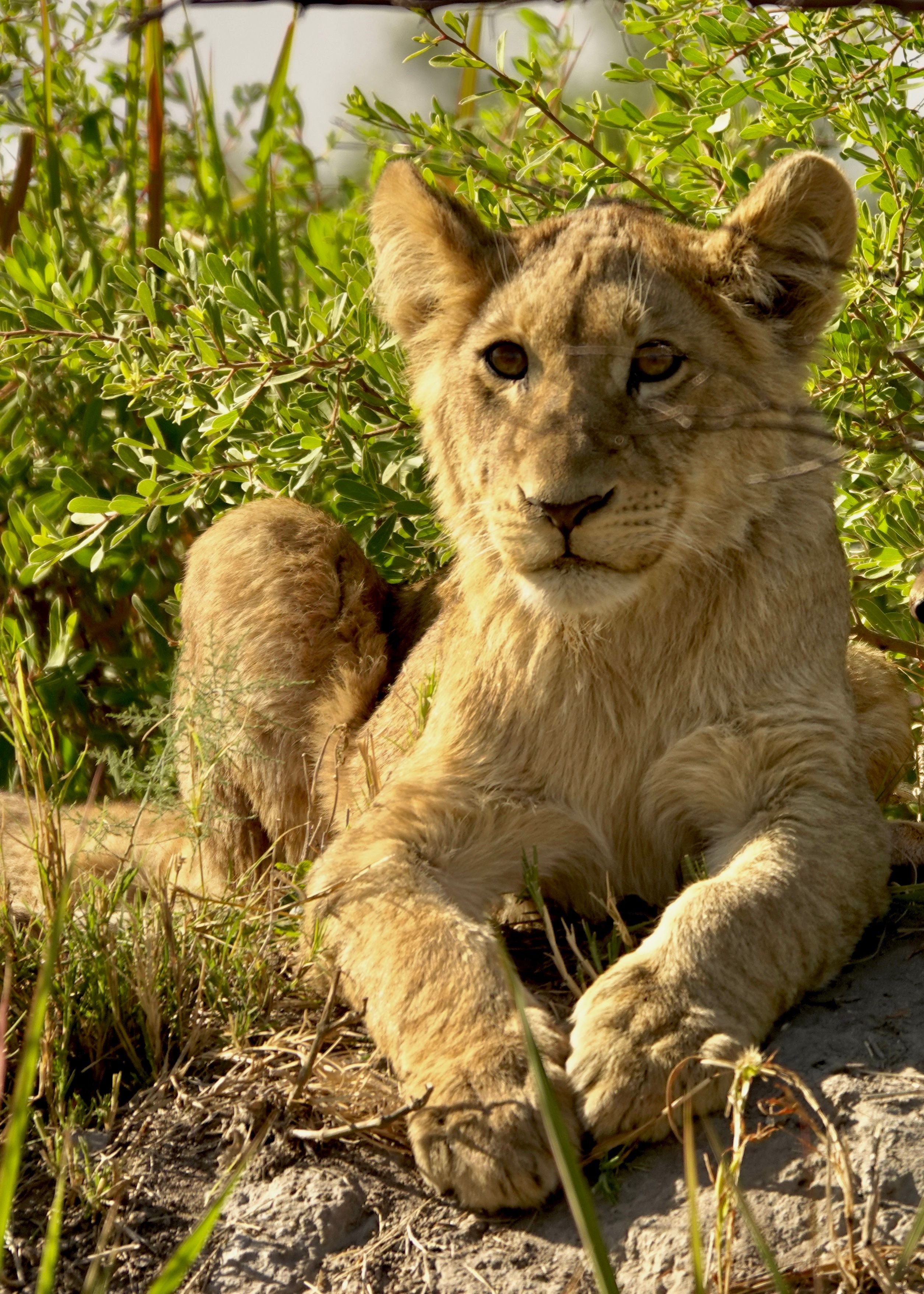Lions on the Brink: What the Next 10 Years Could Bring
When the Roar Falls Silent
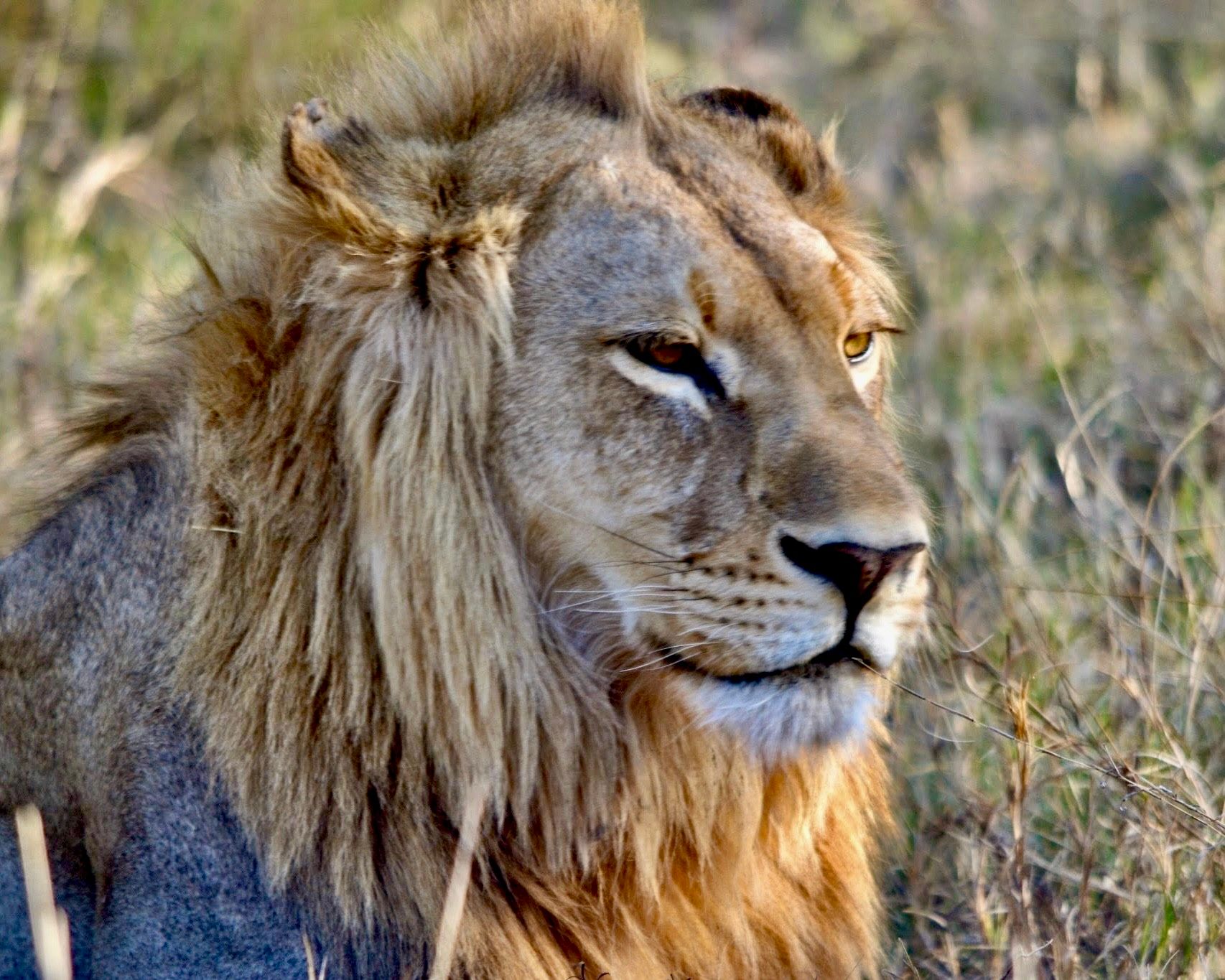
No dust stirs.
No throat claims the night.
The wind moves,
but nothing answers.
Once, his voice echoed across the land—
a low thunder that reminded all
who the true king was.
When the roar falls silent,
it’s not just a lion we lose—
it’s the rhythm of the wild,
the story of the land,
the warning before the world forgets
what untamed sounds like.
Now, in West Africa,
his bloodline flickers like a dying fire.
In Kruger’s north,
his silence is more common than his cry.
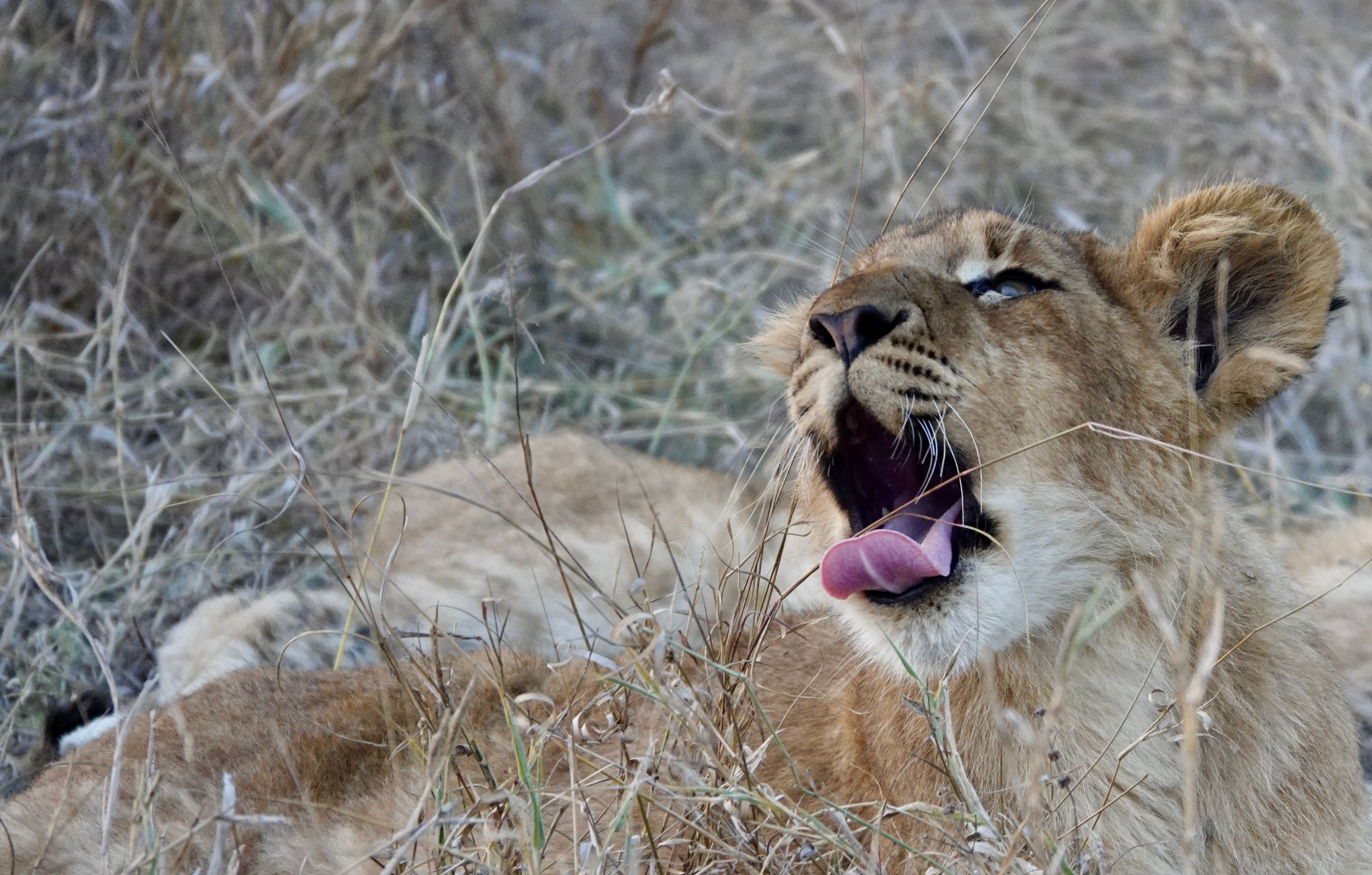
A decade ago, I stood in Parc W in Niger, watching a massive lion with a dark mane disappear into a distance, I did not know then that I was witnessing one of a rapidly vanishing lineage.
Today, as someone who has travelled through 33 African countries, guiding safaris and witnessing ecosystems shift, I cannot ignore what the next decade may hold for Africa’s lions.
According to the IUCN Red List, lion populations across Africa have dropped by more than 40% in the last 21 years. In West and Central Africa, the situation is even more severe. Research suggests an estimated 87% decline over recent decades, with fewer than 200 mature individuals remaining (IUCN, 2023). The lions of the W-Arly-Pendjari Complex (WAP)—where I once stood—are now listed as Critically Endangered.
But while West Africa is in crisis, Southern Africa tells a more complex story.
A 2016 study published in Proceedings of the National Academy of Sciences (Packer et al.) revealed that in countries like Botswana, Namibia, South Africa, and Zimbabwe, lion populations increased by around 12% between 1993 and 2014—primarily in fenced, well-managed reserves like Sabi Sands, Phinda, and Etosha. These numbers are promising, but they do not tell the whole story.
In less controlled environments, such as the northern reaches of Kruger National Park, lions are under serious threat. A 2023 survey by the Endangered Wildlife Trust (EWT) revealed a 63% decline in the Nxanatseni North region of Kruger, from 283 lions in 2005 to just 105 in 2023. The causes? A toxic mix of snaring, poisoning, prey depletion, and habitat pressure.
So, what will happen in the next 10 years?
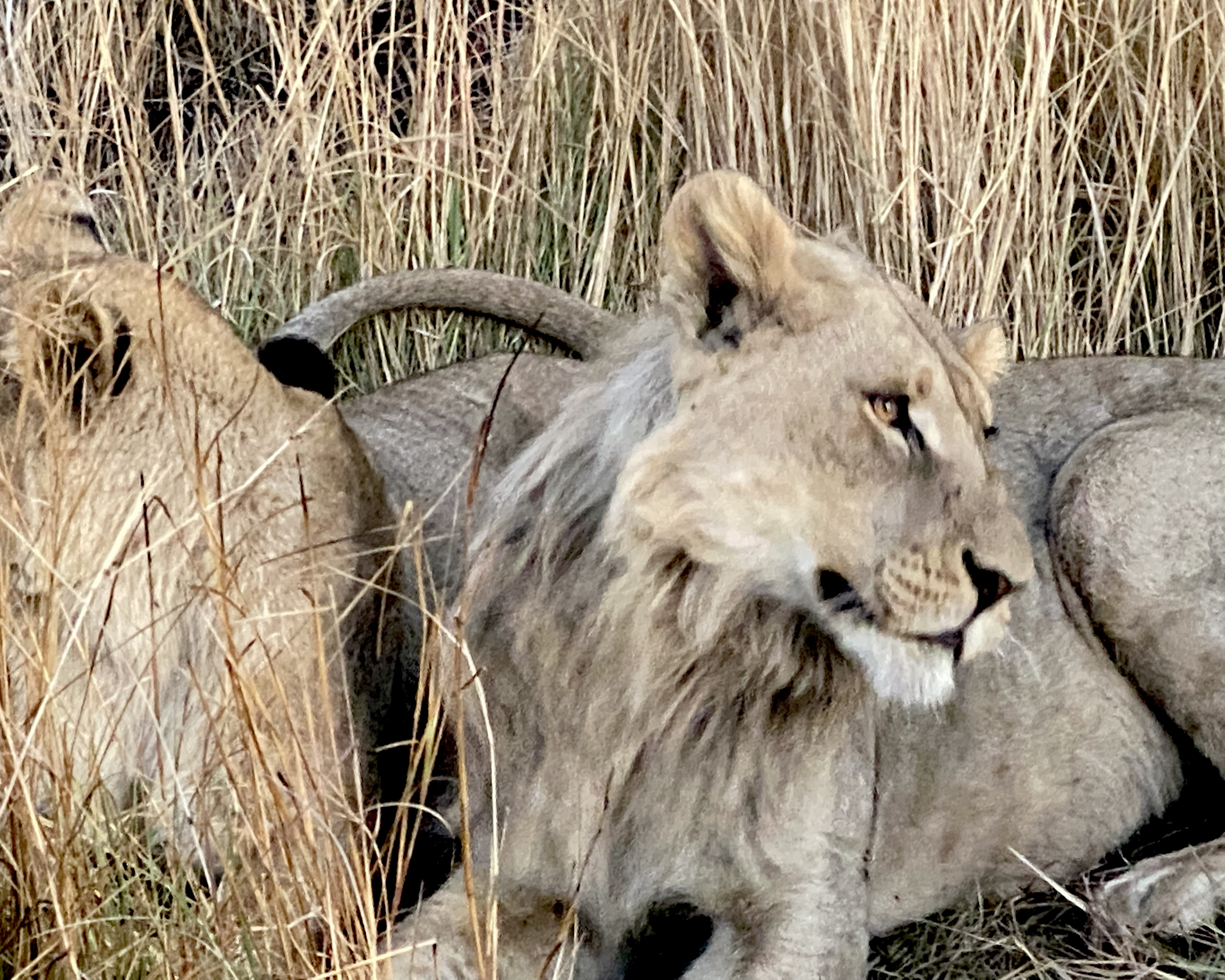
Three Possible Futures
1. Worst-case scenario:
If poaching, human-wildlife conflict, and habitat loss escalate, we could witness a further 50% drop in wild lion populations. West African lions may vanish entirely. Only fenced, intensively managed reserves might be left to house lions in isolated populations.
2. Mid-case scenario:
Conservation efforts hold the line, but just barely. Lions persist in protected zones, but free-roaming populations disappear. Cross-border corridors like the KAZA TFCA and Greater Limpopo may become critical but isolated strongholds.
3. Best-case scenario:
With serious investment in community conservation, transfrontier cooperation, and stronger governance, lion populations could recover across broader landscapes—reconnecting habitats and allowing lions to reclaim their natural territories.
Hope is Not Passive
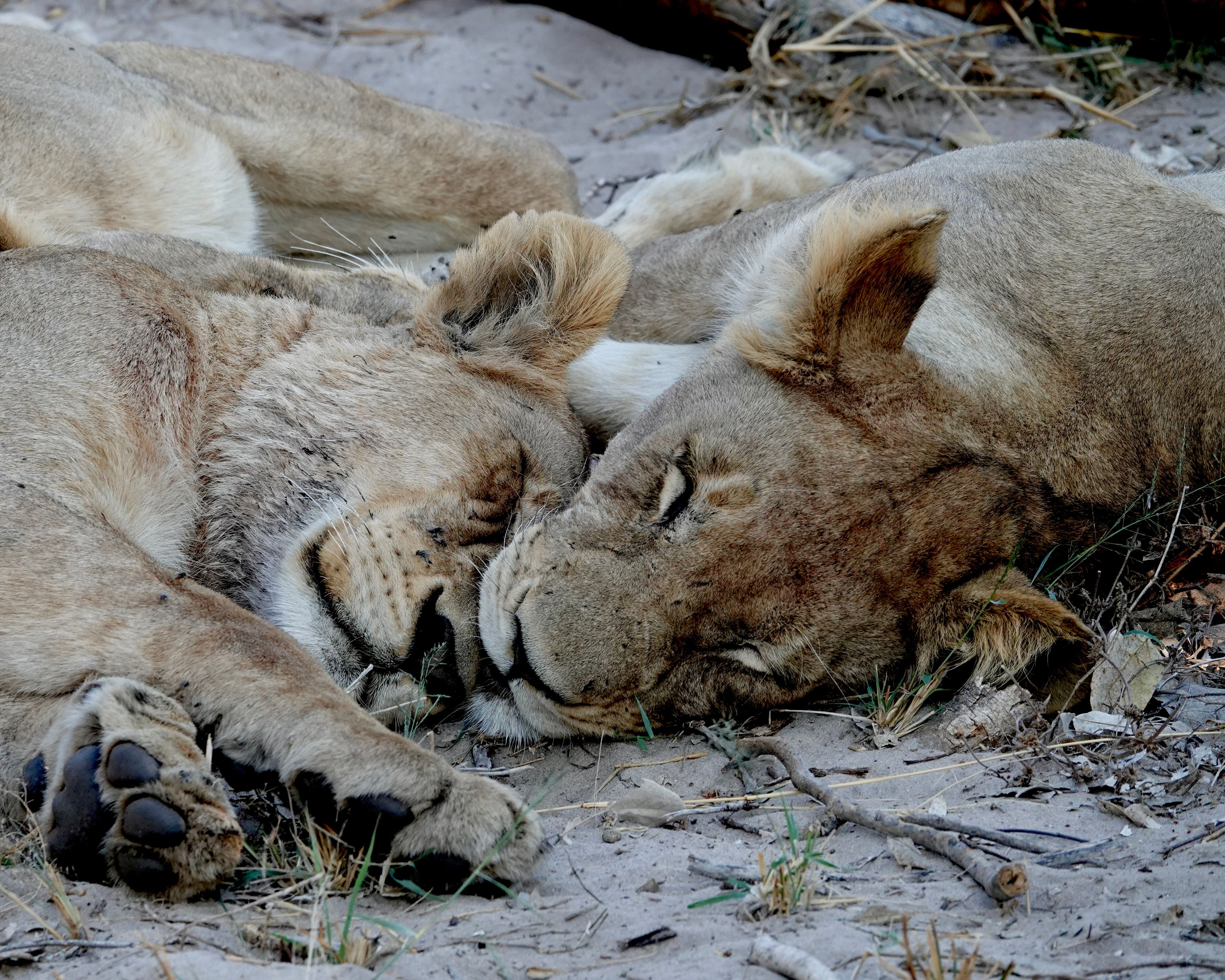
Preservation isn’t passive. It is powered by smart tools, wild spaces restored, and the people walking the land.
From satellite tracking to rewilding projects to the tireless work of local guides and stewards, it’s a shared effort. Technology, ecological restoration, and community ownership must walk hand in hand.
I’ve spent years listening to lions roar under an Okavango moon, and watching their shadows slip through the mopane in South Luangwa. But these are not guaranteed moments for future generations.
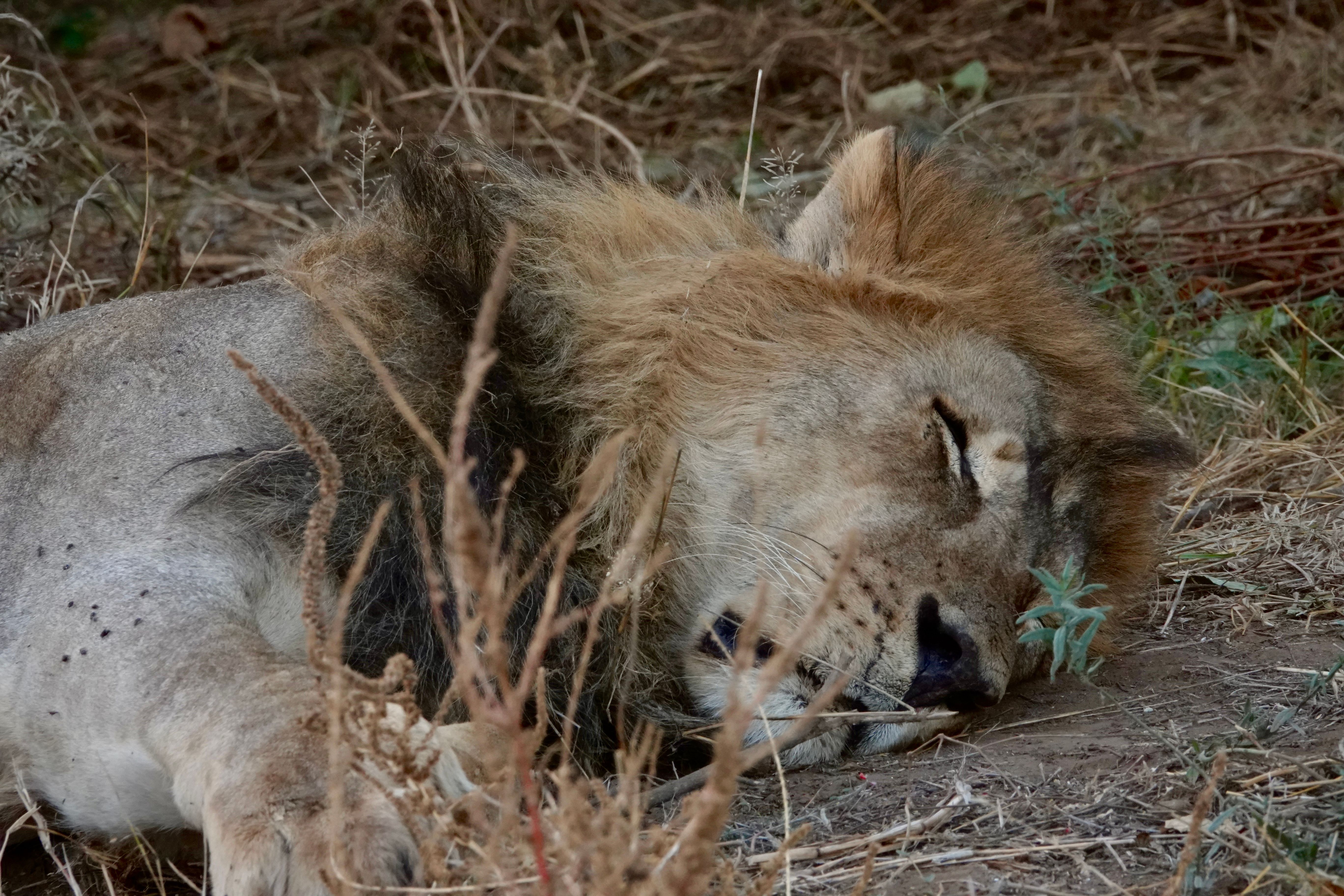
We still have a choice.
But time is not on our side.
#LionConservation #VivieGunningExplorer #ParcW #KrugerLions #SafariStories #WildernessMatters #BushtracksMagazine #PantheraLeo #SabiSands #KAZATFCA #GreaterLimpopo #WhenTheRoarFallsSilent
